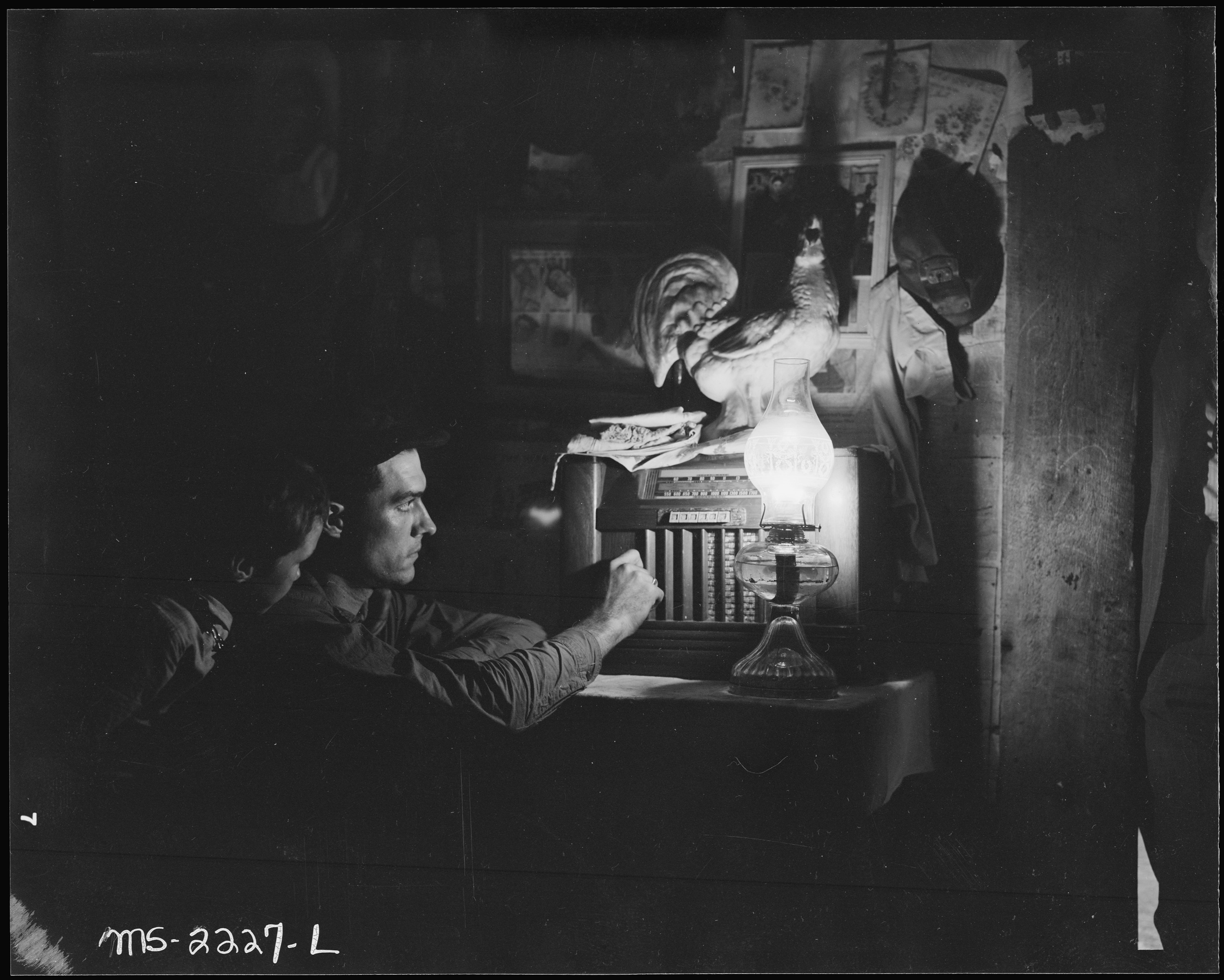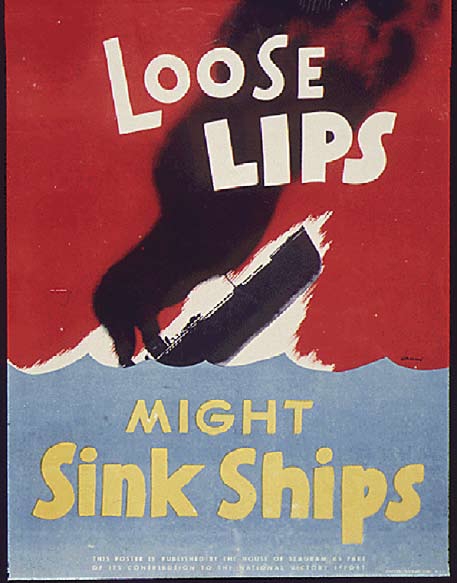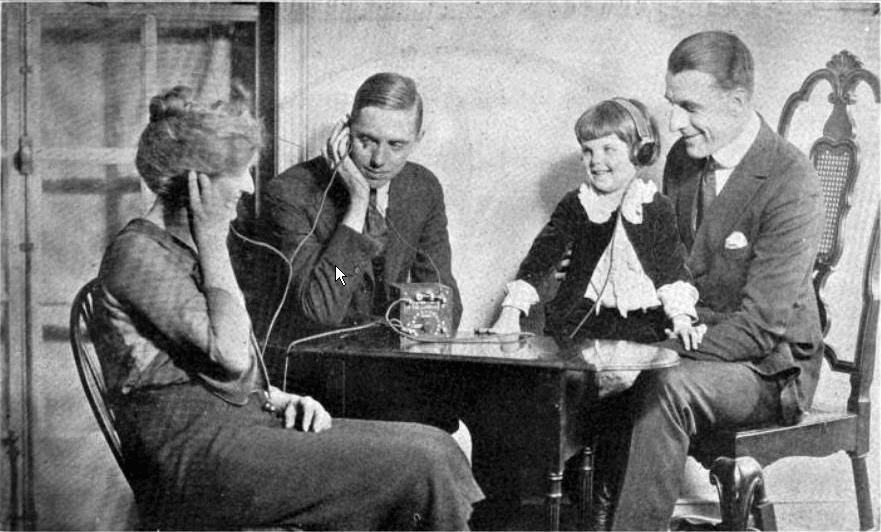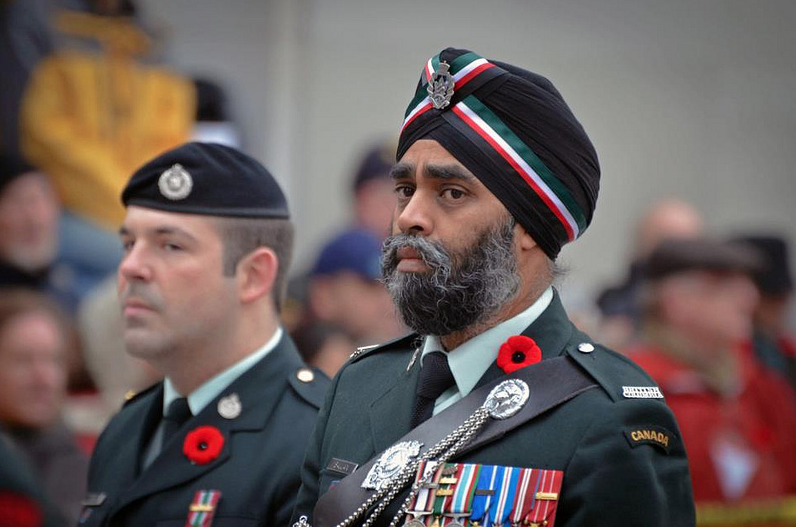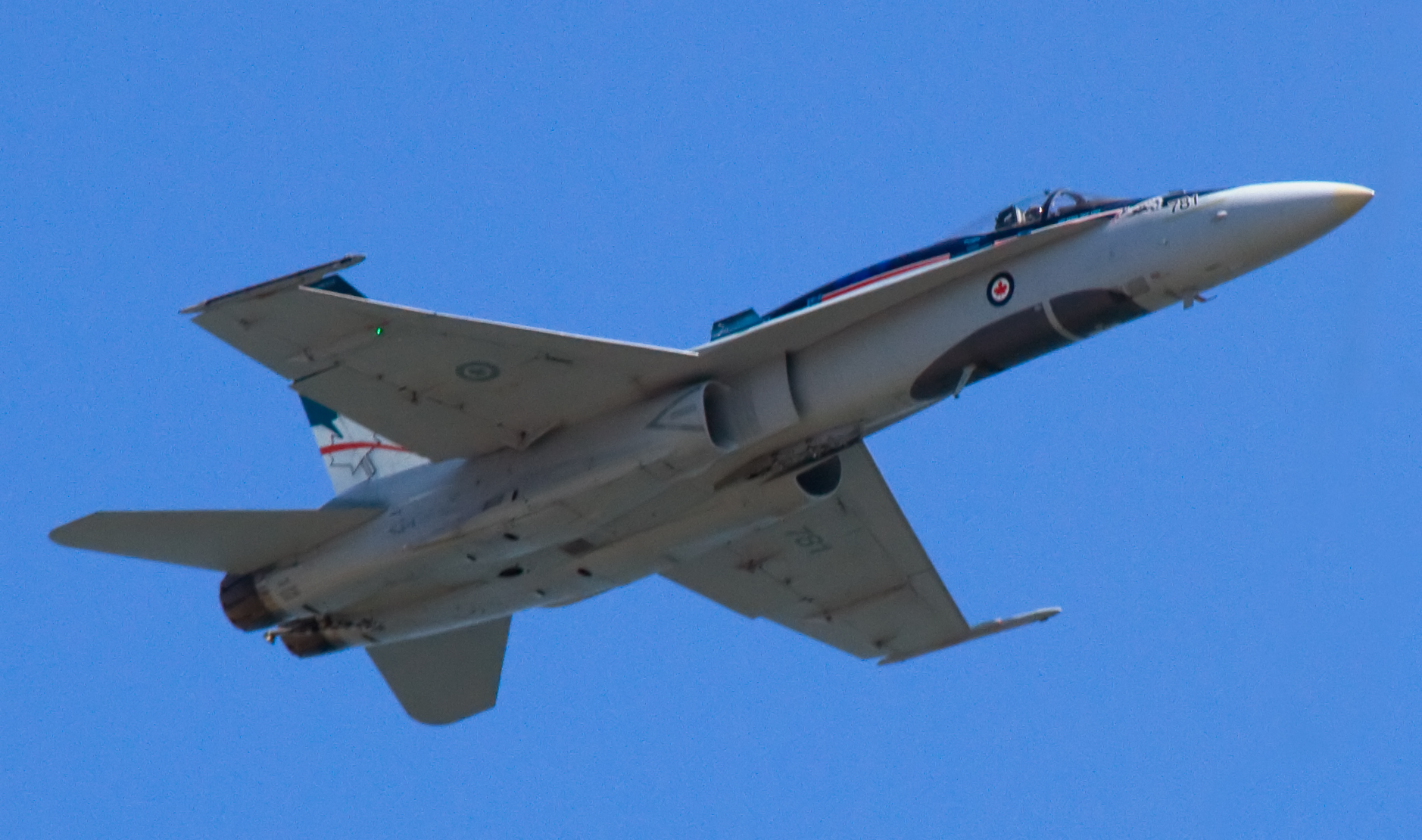They are infections that flourish only in darkness, and sunlight is the best antiseptic.
Lawrence S. Eagleburger, U.S. Undersecretary of State for Political Affairs (1983).
Countering Disinformation Campaigns during the Cold War: A Historical Perspective (Part Three)
In the third section of this series on information warfare, we will examine measures undertaken by Allied countries to counter disinformation. In particular, we will conduct a cursory study of the work of the British Foreign Office’s Information Research Department (1948-77), the early work of the NATO Information Service (1950-54), and the U.S. Interagency Active Measures Working Group (1981-92). We will note how each organization has fared in their respective counter-propaganda efforts and the unique facets of each approach.
The British Foreign Office’s Information Research Department (IRD) (1948-1977)
In 1947, The British Foreign Office created a secret department, the Information Research Department (IRD) in order to disseminate anti-communist information in Britain and abroad. Instead of an ad-hoc approach, Britain aimed to provide a coordinated international response to propaganda. Rather than targeting the intelligentsia or the middle classes, the aim of the British-led campaign was to win the confidence of the working class and the agricultural class. An emphasis was placed on the low standard of living of citizens in the Soviet bloc in contrast with the high quality of life in the West. For instance, reports would stress the paltry wages, the high cost of basic staples, overcrowded housing, and poor working conditions in the Soviet Union. According to the Foreign Office, the most effective propaganda was factual and balanced in nature. Exaggeration was not considered at all necessary in order to critique the harsh conditions of day-to-day life under Soviet rule.
NATO’s Counter-propaganda Efforts: The Early Days (1950-1954)
Following the ratification of the North Atlantic Treaty, senior British civil servant Gladwyn Jebb spearheaded the creation of a NATO subcommittee to promote anti-communist counter-propaganda and engage in “ideological defence”. The British Foreign Office advised the NATO subcommittee to employ positive ideals in order to promote the North Atlantic Treaty. In November 1950, the NATO Information Service (NATIS) was established, headed by the Canadian diplomat Theodore F.M. Newton. To the disappointment of the United States, NATIS had no general or operational budget and operated through existing agencies, as well as outlets of the member states.
NATO’s counter-propaganda efforts took a turn for the better when Lord Ismay, Churchill’s wartime Chief of Staff, was appointed as NATO Secretary-General on March 1952. Lord Ismay enthusiastically promoted NATO in the press, on the radio, and within the organization itself. In June 1952, under Ismay’s direction, a NATO Information Policy Working Group (IPWG) was established, with the goal to consult and exchange views on countering communist propaganda. In 1953, the NATO Letter publication was launched, ranging from an initial distribution of 20,000 copies to 130,000 copies monthly. Short films were also made to promote NATO and the official NATO flag was adopted. Trips for journalists to visit NATO and SHAPE were organized. Most notably, the NATO Caravan of Peace travelling exhibition toured Italy, Greece, Turkey, and France, reaching over one million people. This type of face-to-face active engagement was seen as a key part of conducting effective outreach.
The Cold War: The Interagency Active Measures Working Group in the U.S (1981-1992)
One of the most engaging instances of counter-propaganda efforts during the Cold War was the Interagency Active Measures Working Group, which fought to contest the spread of false or misleading news stories, forgeries, and unsubstantiated rumours. The USSR aimed to employ disinformation campaigns or ‘active measures’ in order to fracture the NATO alliance and discredit governments that cooperated with NATO. The USSR expended $4 billion annually on disinformation initiatives. Examples of Soviet forgeries in the 1980s have included a letter between Reagan and King Juan Carlos expressing U.S. pressure on Spain over NATO entry; a forged letter between U.S. Secretary of State Alexander M. Haig to NATO Secretary-General Luns on nuclear arms; a forged memo from the deputy secretary of state to the U.S. ambassador in Greece suggesting U.S. support for a military coup to preserve NATO bases; a forged U.S. document ordering the assassination of a presidential candidate in Nigeria; and fabricated documents claiming US involvement in the assassination attempt on Pope John Paul II.
In the wake of these measures, the Interagency Active Measures Working Group was established in 1981 by the U.S. State Department in order to counter Soviet disinformation by exposing covert operations and informing foreign and domestic audiences of fabrications. Despite being small, only meeting part-time, and having no budget, the working group successfully negated efforts organized by the multibillion-dollar Soviet disinformation campaign. The group eventually pushed the USSR into recanting certain key falsehoods, agree to face-to-face meetings on disinformation, and establish a fax-based early warning system in which either party could file complaints about such activities. Their reports even incited vehement opposition from senior Soviet officials, most notably General Secretary Gorbachev. Today, the Interagency Active Measures Working Group is used as a textbook ‘success story’ due to its execution of effective counter-propaganda with limited resources.
The Merits of a Historical Approach
Through studying successful and creative instances of counter-propaganda measures carried out by Allied countries during the Cold War, we can develop a better understanding of how best to provide a coordinated and comprehensive response to tackle disinformation. The British Foreign Office’s Information Research Department (1948-77) is to be commended for its factual and principled stance, as well as its refusal to resort to exaggeration. The NATO Information Service (1950-54) coupled an active approach, with face-to-face engagement and a travelling exhibition. Last of all, even with no budget and meeting on a part-time basis, the U.S. Interagency Active Measures Working Group (1981-92) was able to force the USSR to disavow key falsehoods and even establish an early-warning system through which both sides could lodge complaints. All in all, the best approaches are resourceful, principled, and creative in nature.
[divider scroll_text=””]
Read Part One and Two of the Series on Information Warfare:
Part One ‘Understanding Information Warfare from the Russian Perspective’
Part Two ‘The Ukraine Crisis: A Case Study of Russia’s Information Campaign’

